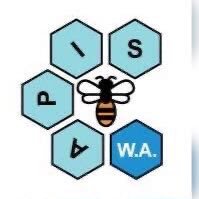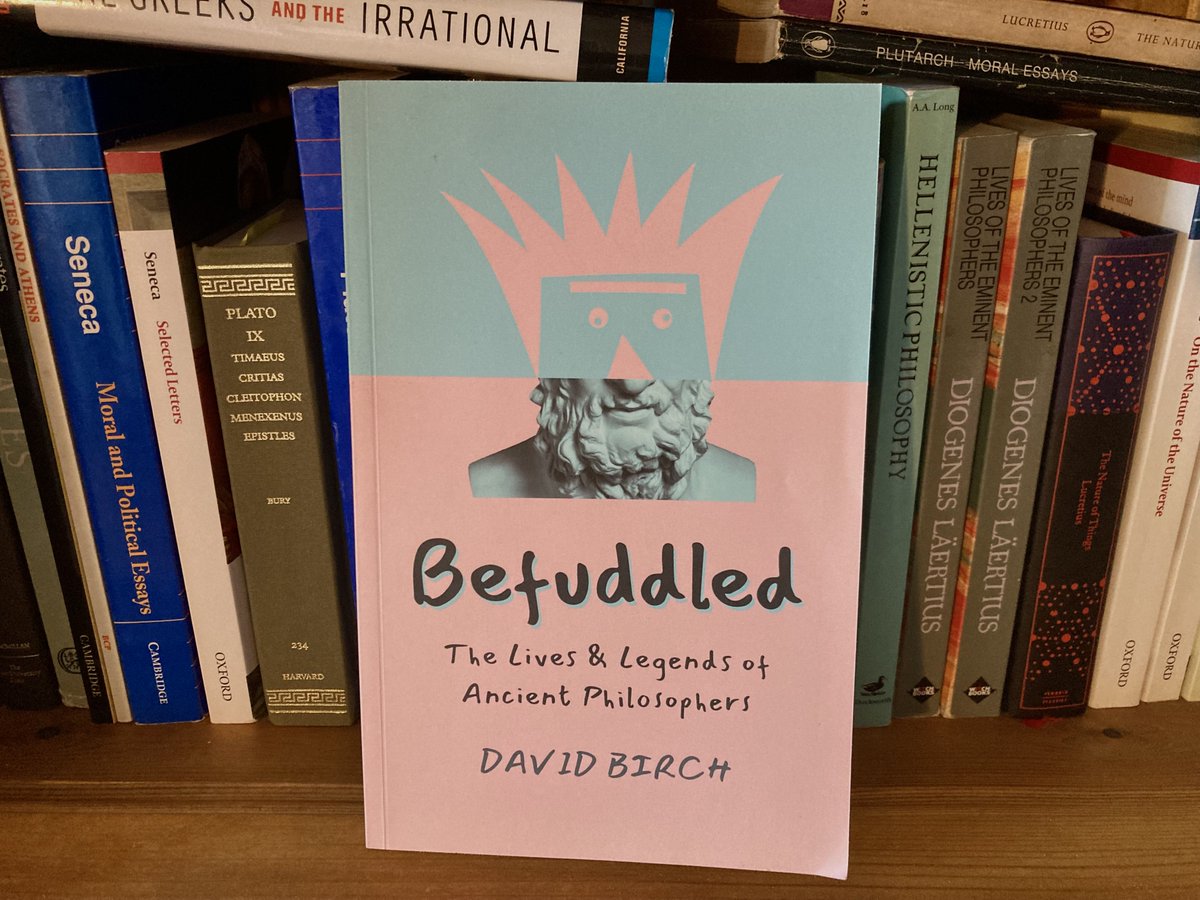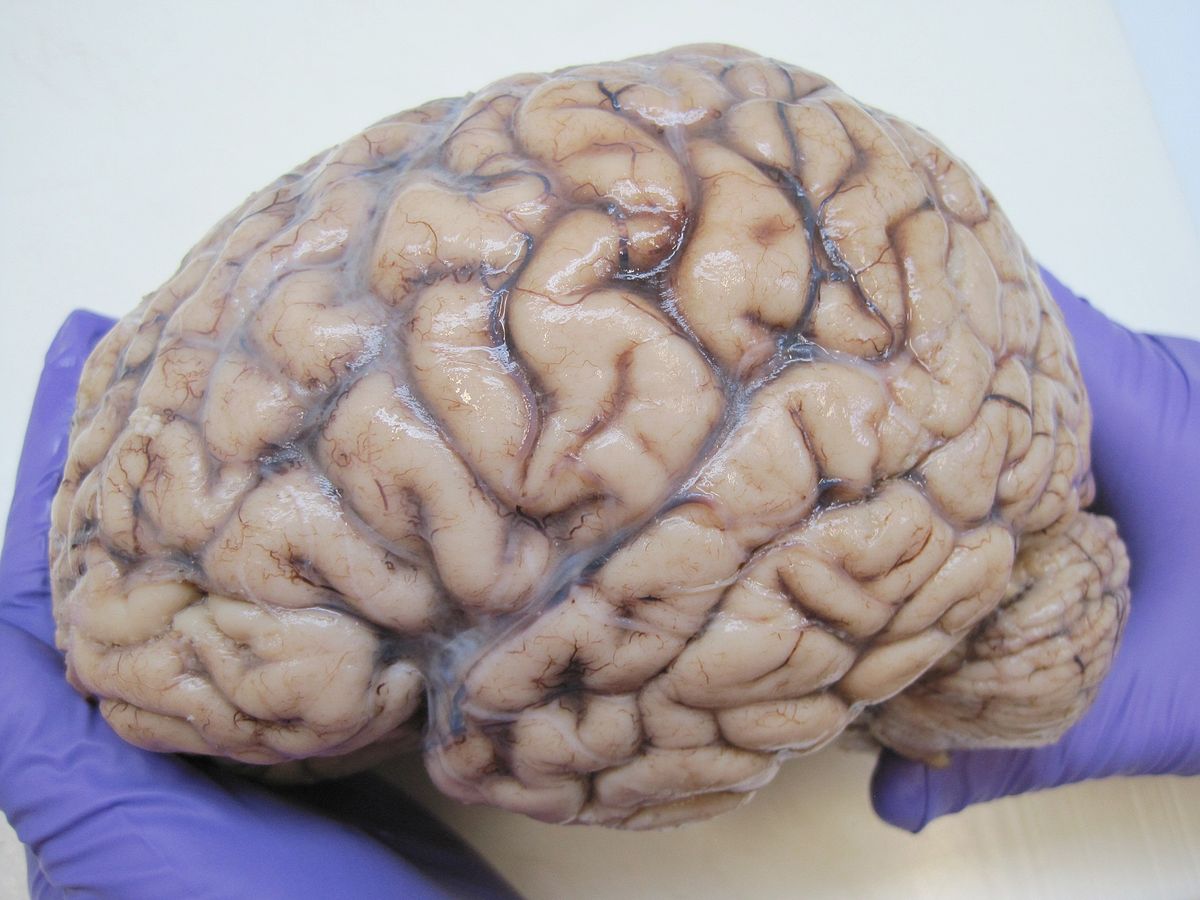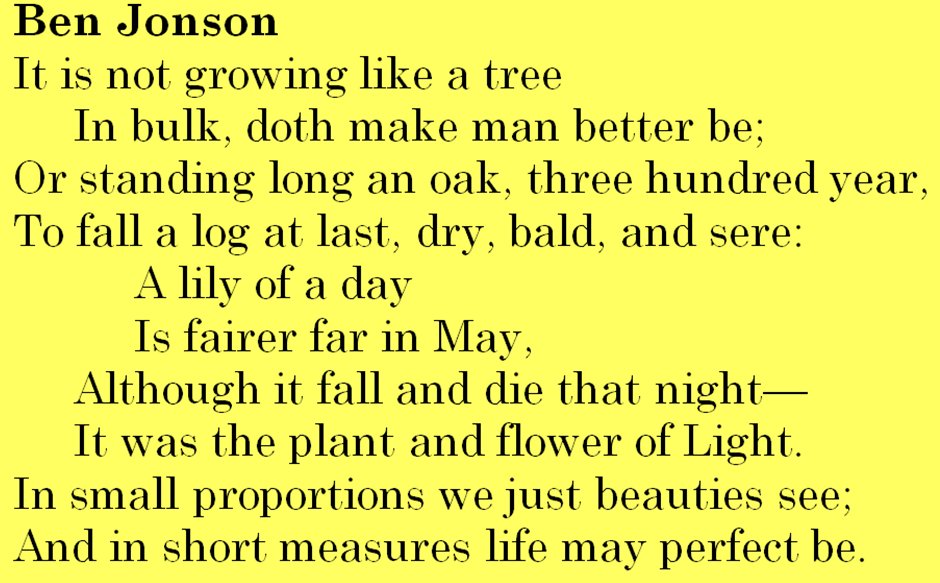
David Birch
@0davidbirch0
Author of Provocations, Thinking Beans, Pandora's Book and Befuddled. Navigating the Moral Maze is out now.
ID: 1348675387128164352
11-01-2021 16:57:35
341 Tweet
152 Takipçi
50 Takip Edilen


"One’s philosophical journey can start at a young age," tells us David Birch in his piece for PhilosophyFoundation, a preview of his upcoming event at #HTLGI23 this May - "Interacting with the world." Follow us for more updates. philosophy-foundation.org/blog/htlgi-err…





What can The Little Mermaid and The Lion King tell us about two fundamentally different ways of being in the world? A pretty fatuous question, but also rather interesting. My blog for PhilosophyFoundation philosophy-foundation.org/blog/mermaids-…







Have you written a philosophy book? Check out our NEW list of recommended reads and see if your book has made the list.. Nigel Warburton 🇺🇦 #FreeUkraine Stephen Law Peter Worley Julian Baggini David Birch Marcelo Staricoff FCCT, NPQH, PhD Jana Mohr Lone @RobGrant_ (spoiler-they did!) What else would you add? #P4C




Massive fan of the Peter Worley, but I need to shout more about the brilliant David Birch & his #Provocations book - below with the #Worley stacks - which I return to regularly. His new creative book #NavigatingTheMoralMaze is equally brilliant & super useful for teachers 1/3










